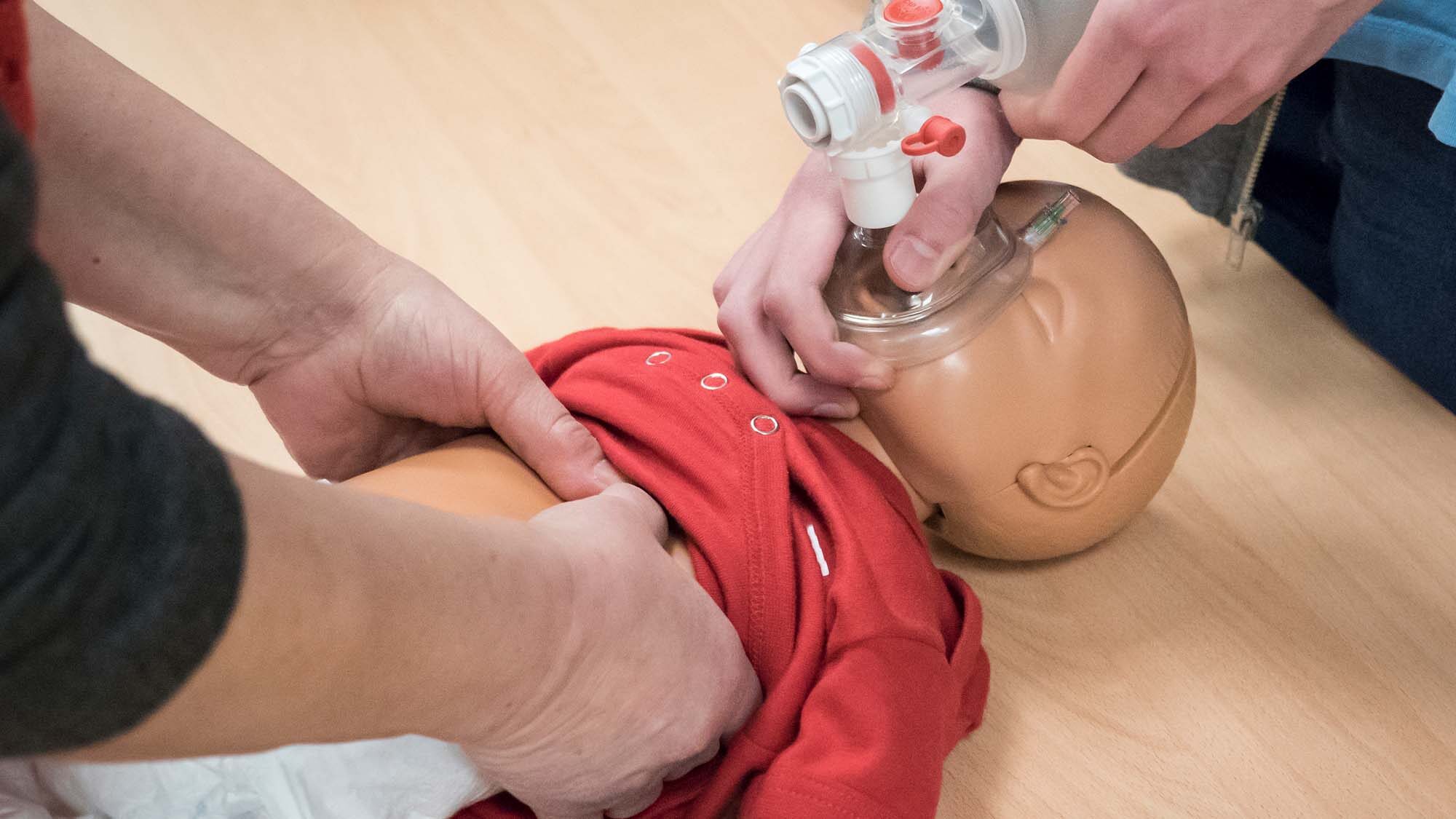Essay by: ISP027
Cardiopulmonary Resuscitation The heart plays a key role in the cardiovascular system. As a muscular organ, its main function is to help circulate blood throughout the body, carrying oxygen and nutrients to tissues and removing harmful waste products like carbon dioxide for elimination. When an unexpected tragedy results from a cardiac arrest, education and awareness should performed to improve the survival of the individual affected. (CPR) Cardiopulmonary resuscitation is a simple way to save lives, including loved ones! “Nearly 383,000 out-of-hospital sudden cardiac arrests occur annually, and 88 percent of cardiac arrests occur at home” (The American Heart Association para. 1). Imagine the many lives that could have possibly been saved with the knowledge and use of CPR. As health care professionals, it is our duty to reach out to our communities and inform people that they too can make a difference and save a life.
Reach out
Many think that CPR is limited to nurses, doctors and those employed by medical facilities. Although this is true, individuals outside a hospital setting need to be trained to recognize impending cardiac arrest. The American Heart Association states that effective bystander CPR provided immediately after sudden cardiac arrest can double or triple a victim’s chance of survival, but only 32 percent of cardiac arrest victims get CPR from a bystander and sadly, less than eight percent of people who suffer cardiac arrest outside the hospital survive (para. 7).
Spreading the word is easier said than done. We are often times too busy with our daily lives that we forget about our call for humanitarian efforts. Knowledge can be spread by first doing research to identify populations who are at higher risk for developing (SCA) sudden cardiac arrest. Once recognized, we can take the time to visit these areas mostly populated with the target group and organize classes to teach and educate them. “African-Americans are almost twice as likely to experience cardiac arrest at home, work or in another public location than Caucasians, and their survival rates are twice as poor as for Caucasians (American Heart Association para. 6). Another idea is to gather nursing students from school and visit a local high school each month and teach them CPR and its benefits. I would also encourage health care related college clubs to organize community type services teaching hands-only CPR to underserved populations.
These are some ideas I have to offer. They are very realistic to fulfill and if everyone lends a helping hand, we can reduce the amount of cardiac deaths and provide individuals a second chance at living. The future of our loved ones is in our hands. Just like the heart is reliant on blood and blood vessels for survival, education is needed for CPR to save someone’s life.
References CPR Statistics. (n.d.). www.heart.org. Retrieved May 11, 2013, from http://www.heart.org/HEARTORG/CPRAndECC/WhatisCPR/CPRFacts andStats/CPR-Statistics_UCM_307542_Article.jsp









